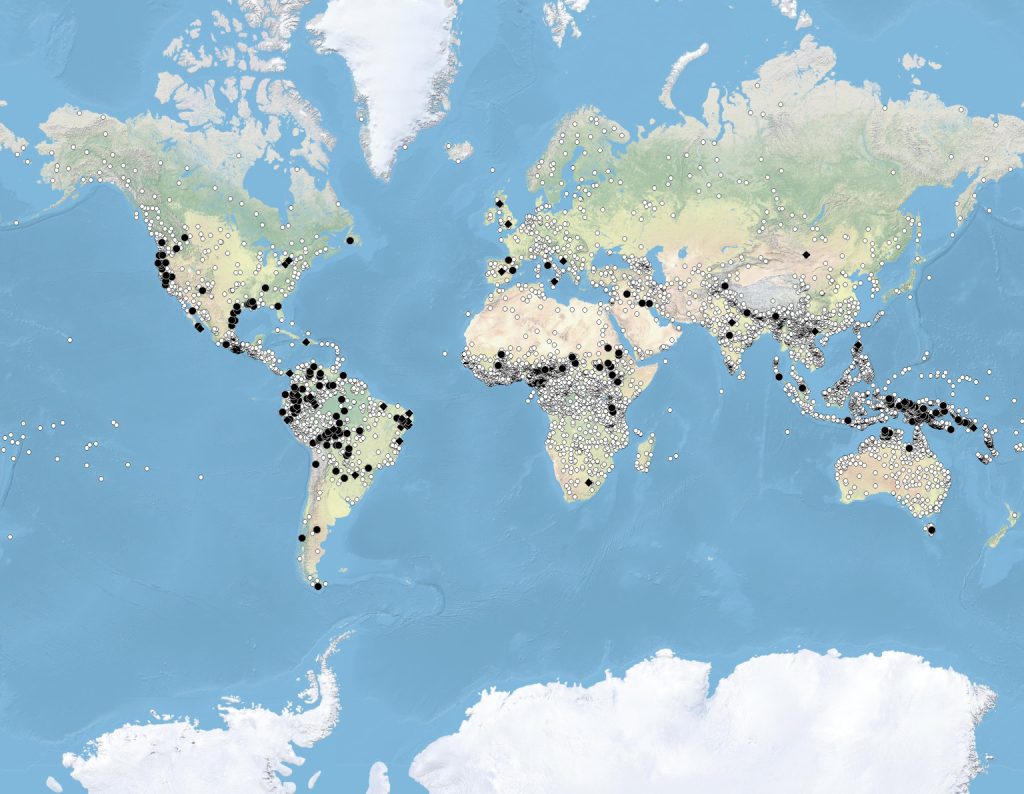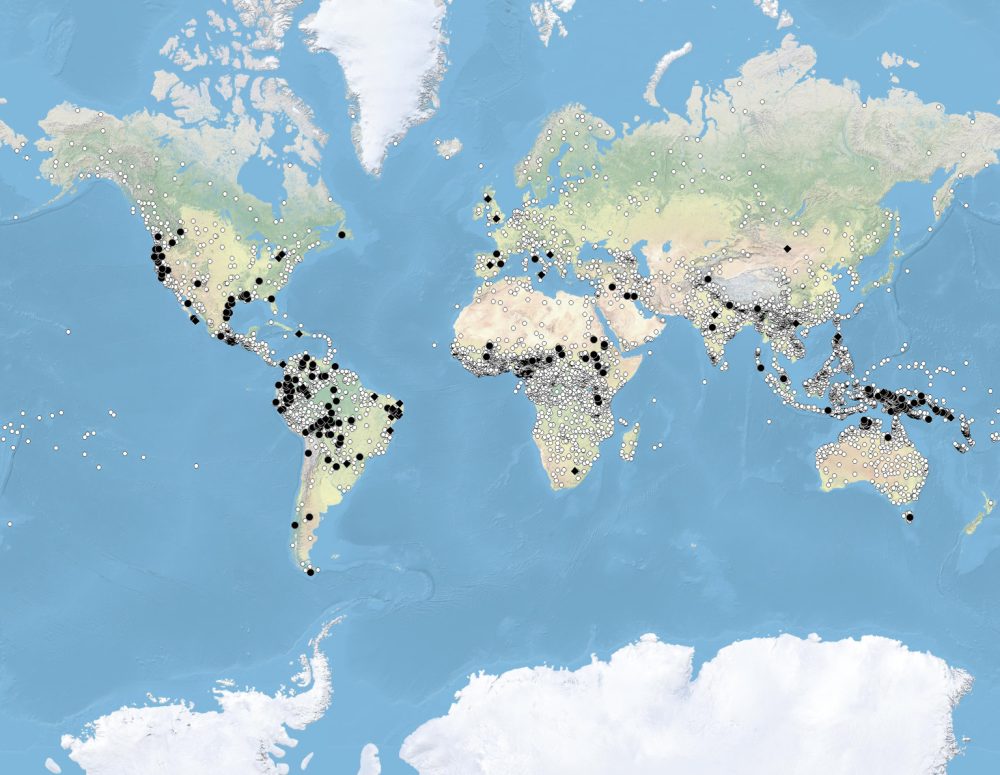 A language isolate is a language that has no known genealogical relationship or connection with any other language. It is a standalone language that cannot be classified into any language family or group. Language isolates are unique in that they do not share a common ancestry or show any significant linguistic similarities to other languages. The best known and most cited linguistic isolates are Basque, Burushaski, and Ainu, though there are many others not so generally known.
A language isolate is a language that has no known genealogical relationship or connection with any other language. It is a standalone language that cannot be classified into any language family or group. Language isolates are unique in that they do not share a common ancestry or show any significant linguistic similarities to other languages. The best known and most cited linguistic isolates are Basque, Burushaski, and Ainu, though there are many others not so generally known.
The total number of isolates in the world is 129. There are c.350 independent language families (including isolates), for which it is not possible to demonstrate a genetic relationship with any other language family. Isolates make up 37% of all “language families,” over one-third of the world’s linguistic diversity. Seen from this perspective, isolates are not at all weird; they have as their “cohorts” over one-third of the “language families” of the world.
Language isolates play a significant role in linguistic studies for several reasons:
Preservation of unique linguistic features: Language isolates provide an opportunity to study and understand linguistic features that are not influenced by or borrowed from other languages. This allows linguists to analyze and document the distinct grammar, vocabulary, and phonetics of these languages, providing valuable insights into the diversity of human language.
Reconstruction of ancient languages: Language isolates can provide clues to the linguistic landscape of the past. By studying the features of a language isolate, linguists can make inferences about the linguistic characteristics of ancestral languages or language families that may have existed in the past. This can contribute to the understanding of language evolution and historical linguistic processes.
Understanding language universals: Language isolates offer insights into the fundamental properties of language. By studying languages that have developed independently, linguists can identify linguistic features that are universal across languages, as opposed to features that are influenced by contact or borrowing from other languages. This helps in identifying linguistic universals and understanding the core principles of human language.
Cultural and historical significance: Language isolates often have a strong cultural and historical significance for the communities that speak them. They are a source of cultural identity and heritage, representing the unique linguistic and cultural traditions of a particular group of people. Linguistic studies of language isolates contribute to preserving and celebrating this cultural diversity.
Challenging established linguistic theories: The existence of language isolates challenges conventional theories and assumptions about language classification and evolution. They remind linguists that not all languages fit neatly into established language families and that there is still much to learn and discover about the complexity and diversity of human language.
Overall, the study of language isolates adds depth and richness to linguistic research, expanding our understanding of language diversity, evolution, and the intricate workings of human communication.




